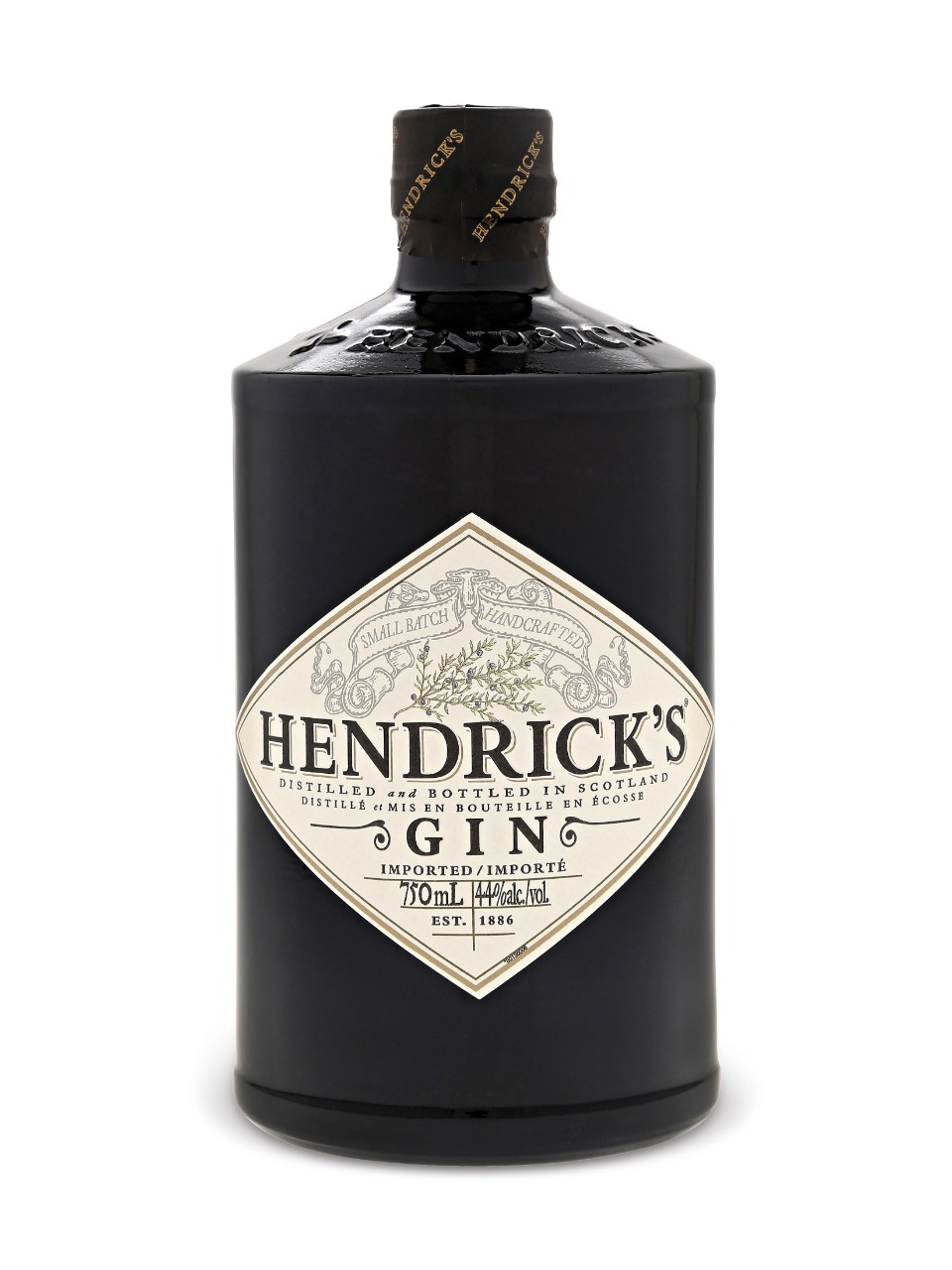It’s rare that the experiences that we have as a rank novice seem to be as good when we revisit them several years later in life. So when something seems as good now as it did then, it’s always a small cause for celebration.
As a case in point, I would guesstimate that Cheetohs and those giant inflatable bounce houses probably don’t have the same luster for you at this point in your life than they might have in the sunny glow of youth. Tastes change. With just about every spirit category, the thing that drew me in isn’t often what I look forward to drinking now.
As a result, I was expecting to place Hendrick’s into the same general part of my brain that I file the regular-ass variety of Jameson whiskey: something that was far better than what I normally drank in my mid-twenties, but something that later became the booze equivalent of training wheels as I realized there were better, tastier options. Thankfully, my hunch didn’t end up bearing any fruit: Hendrick’s is still fantastic and very much worth its asking price.
“Hendrick’s is pleasing to sip without paying much attention to it, but it’s really quite multidimensional for those willing to invest the time.”
A little bit of background info: Hendrick’s was arguably one of the first products that really established the very category of “good,” giftable, craft gins. Previously, the ubiquitous Tanqueray and Bombay Sapphire were the only games in town in the “ultra premium” category. Suddenly, here comes this squat, opaque bottle priced even more that has the audacity to suggest that if you don’t like it you can fuck right off. “IT IS NOT FOR EVERYONE,” the bottle says.
Hendrick’s is polarizing because it’s very representative of your “modern” style of gin, which moves away from a core of juniper. That’s good news for the adventurous as well as those who feel that any gin tastes like a blast of pine needles to the palate. On the other hand, Die hard Tanqueray / Plymouth drinkers may feel like a gin that doesn’t taste like a gin is a hard sell.
So what makes it distinctive? Hendrick’s name drops two core botanicals which are present in the glass: rose and cucumber. On the rose side of things, Hendrick’s is indeed floral and supported by a clear note of chamomile that shines through on the development. On the cucumber side of things, there’s a distinctive earthiness that’s more reminiscent of cucumber rind rather than cucumber flesh.
What’s interesting about Hendrick’s is that it’s pleasing to sip without paying much attention to it (and, of course, gets out of its own way in most cocktails), but if you do sit and analyze what’s going on, it’s really quite multidimensional. There’s an almond-like sweetness that darts in and out along with star anise, lime, and white pepper on the sides of the tongue. The finish is lingering and “tingly,” for lack of a better word, and it’s fun to try to figure out what combination of botanicals is producing that lasting earthiness.
That said, dialing back the juniper does make this a slightly vodka-like gin, which some might read as a backhanded compliment. What I mean by this is that it’s light, but it doesn’t sacrifice flavor or distinctiveness. There’s also a possibility that some will find Hendrick’s to be slightly soapy due to the floral nature of the botanicals. I enjoy it, but that sensation does deter some drinkers from styles like this. (If that sounds like you, try before you buy. It’s pretty common in most fine restaurants and watering holes.)
At the end of the day, I find Hendrick’s to be a playful gin that had a conversation with me over the course of a small glass. For something I revisited with no small amount of skepticism, I was elated this stuff continues to hold up!


